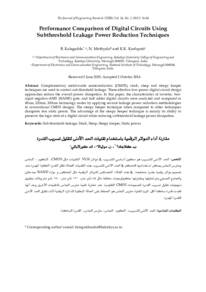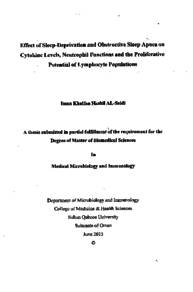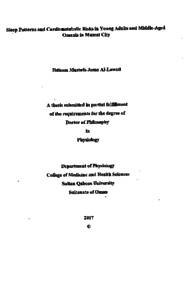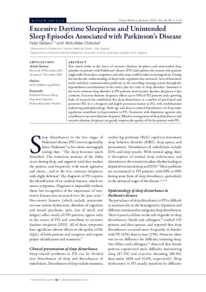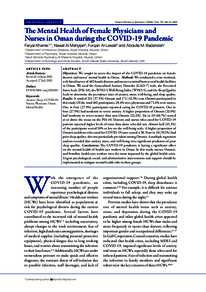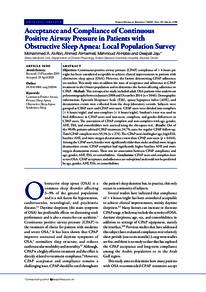Document
Performance comparison of digital circuits using subthreshold leakage power reduction techniques.
Contributors
Muthyala, N., Author
Korlapati, K. K., Author
Publisher
Sultan Qaboos University.
Gregorian
2017
Language
English
English abstract
Complementary metal-oxide semiconductors (CMOS), stack, sleep and sleepy keeper techniques are used to control sub-threshold leakage. These effective low-power digital circuit design approaches reduce the overall power dissipation. In this paper, the characteristics of inverter, twoinput negative-AND (NAND) gate, and half adder digital circuits were analyzed and compared in 45nm, 120nm, 180nm technology nodes by applying several leakage power reduction methodologies to conventional CMOS designs. The sleepy keeper technique when compared to other techniques dissipates less static power. The advantage of the sleepy keeper technique is mainly its ability to preserve the logic state of a digital circuit while reducing subthreshold leakage power dissipation.
Member of
ISSN
1726-6742
Resource URL
Citation
Kalagadda, B., Muthyala, N., & Korlapati, K. K. (2017). Performance comparison of digital circuits using subthreshold leakage power reduction techniques. The Journal of Engineering Research, 14 (1), 74-84.
Arabic abstract
الحد الأدنى للتسريب هو مكون أساسي للتسريب في دوائر VLSI. التقنيات مثل CMOS، التكوم، النعاس وحارس النعاس يمكن استخدامها للتحكم في الحد الأدنى للتسريب. هذه التقنيات الفعالة تقلل القدرة الكلية المهدرة عند تصميم دوائر رقمية بقدرة منخفضة. في هذه المقالة ؛ الخصائص للدوائر الرقمية مثل المعاكس وبوابة NAND بمدخلين والجامع النصفي يتم تحليلها ومقارنتها بتكنولوجيات مختلفة مثل 45 نانو متر، 120 نانو متر، 180 نانو متر وذلك بتطبيق منهجيات تقليل تسريب القدرة التصميمات CMOS التقليدية. عند مقارنة تقنية حارس النعاس بالتقنيات الأخرى وجد أنها فقدت قدرة ساكنة أقل. الميزة لتقنية حارس النعاس هو الحفاظ على الحالة المنطقية للدائرة الرقمية أثناء تقليل الحد الأدنى للقدرة المهدرة.
Category
Journal articles

